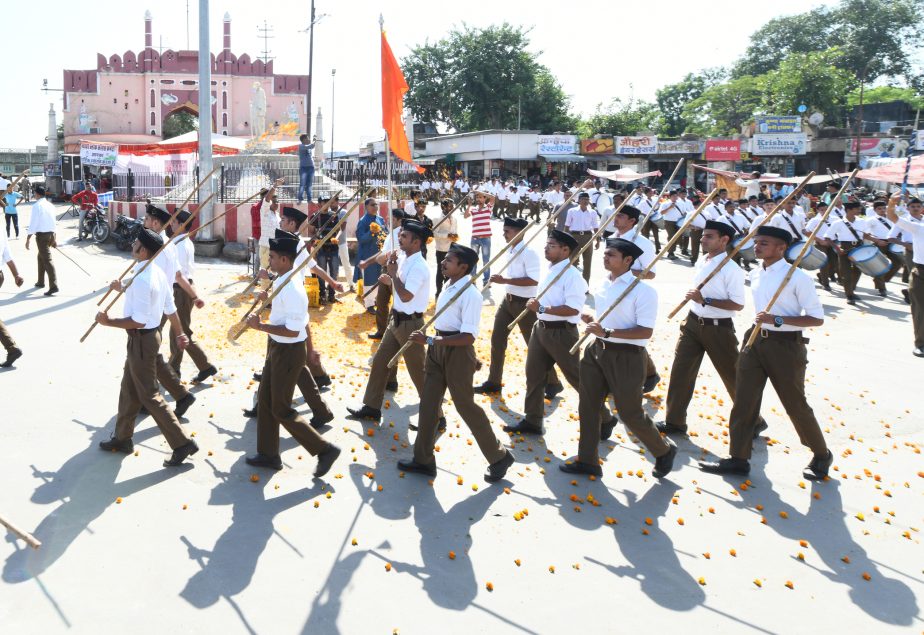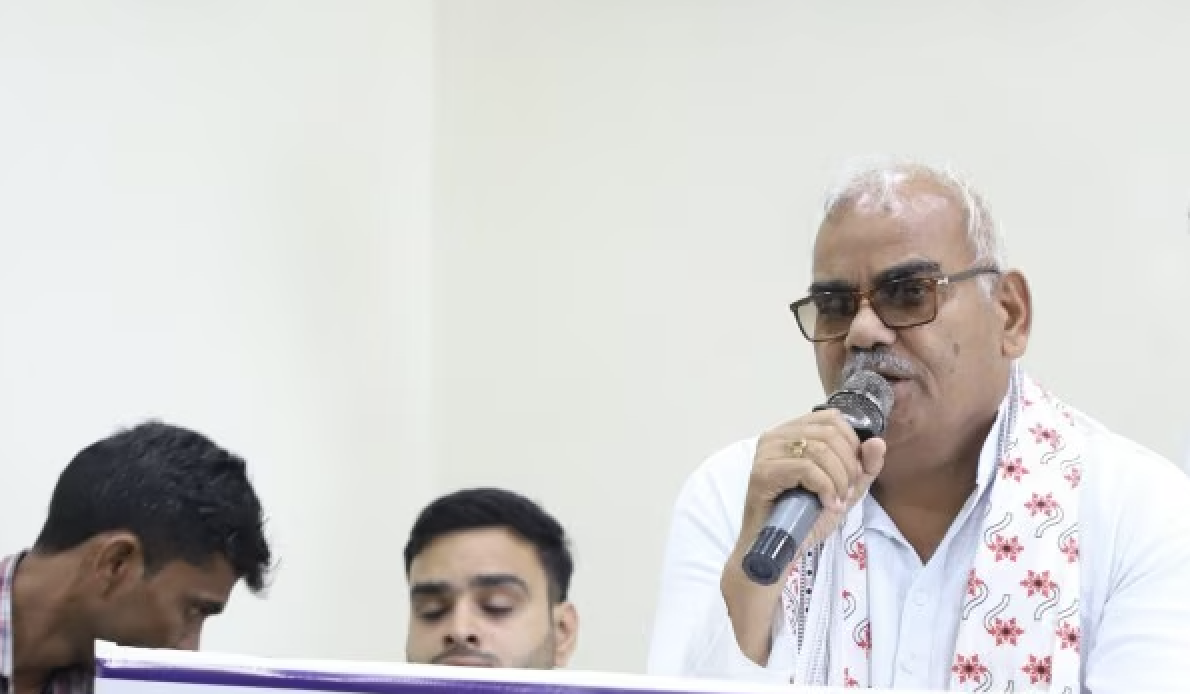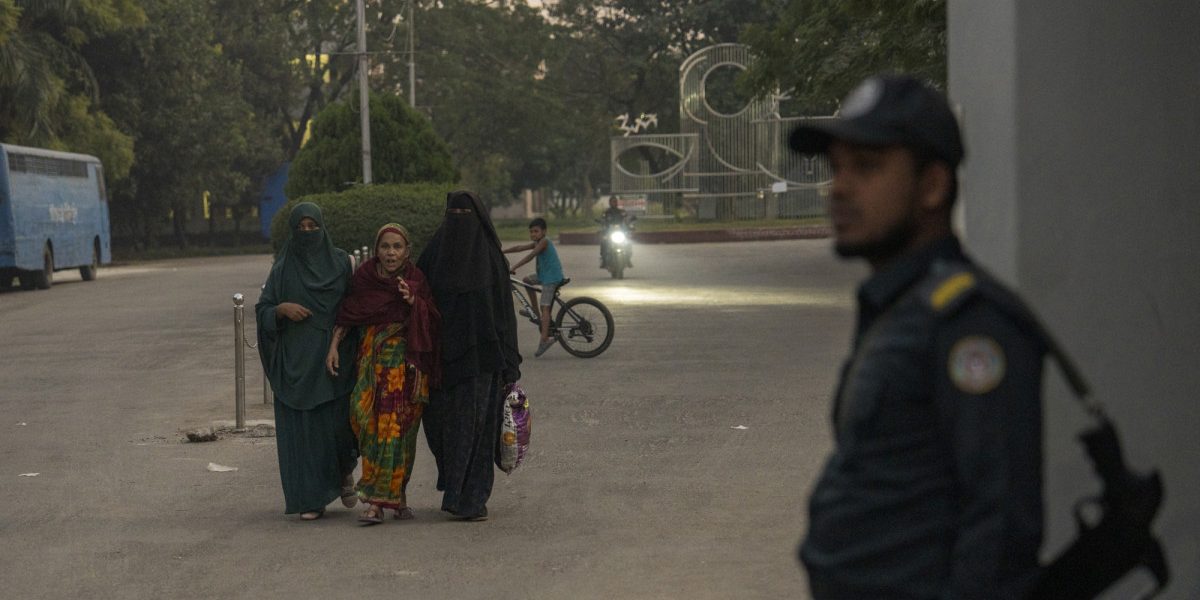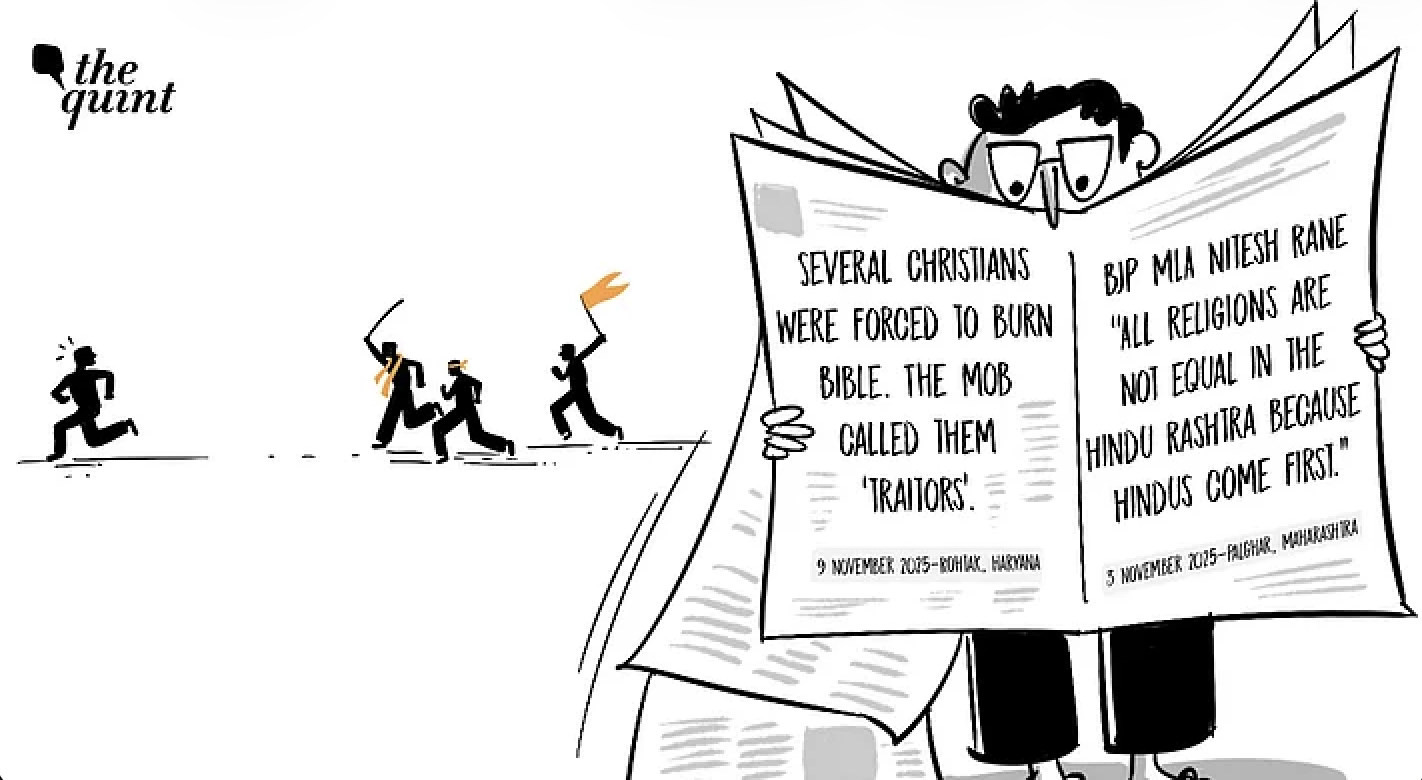
It was not an exaggeration when Prime Minister Narendra Modi, during his Independence Day speech on August 15, called the Rashtriya Swayamsevak Sangh (RSS) the “world’s largest NGO.” It was rather an understatement.
The RSS, the ideological-organizational parent of Modi’s Bharatiya Janata Party (BJP), is not just another “NGO.” It controls a massive network of hundreds of organizations of different scale and size, often working with unsuspecting partners. Frontal organizations with no formal links to the RSS on paper operate on a range of issues in different parts of India and even abroad – with the United States and Europe being two major foreign bases.
Much like an iceberg, only the tip of which is visible, the RSS arguably controls the world’s largest NGO network. Commonly referred to as the Sangh Parivar, these organizations belonging to the RSS family are bound together not by organizational structure or paper work as much as by ideological adhesives. There is no formal membership, and the attendees are called swayamsevaks or volunteers.
The RSS and Modi: Rising Together
As the RSS celebrates its centenary, it has emerged as an extra-governmental authority within the Modi government and other BJP-led state governments, as key issues like education, culture, and security have been literally handed over to people connected with the RSS.
The RSS played a key role behind Modi’s ascent to power in 2014 – from backing the apparently non-partisan anti-corruption movement against the Congress-led government to creating a Hindu nationalist wave ahead of the elections. It reaped high benefits. The RSS not only dictates, influences and implements many of India’s internal and external policies, its growth during the decade of Modi rule surpasses the RSS’ achievements over the previous nine decades.
As of March 2014, they operated 44,982 daily gatherings called shakhas, 10,146 weekly gatherings called milans and 7,387 monthly gatherings called mandaliss. By March 2025, the numbers had risen to 83,129 shakha, 32,147 milans, and 12,091 mandalis.
This story was originally published in thediplomat.com. Read the full story here.






